Bird circuit
It is estimated that in Brazil there are approximately 1,919 species of birds (CBRO, 2014), being the third largest in species diversity in the world. The state of São Paulo has about 680 species. In Santos, until now, about 200 species of birds have been cataloged.
So that residents and visitors can enjoy this rich biological heritage, the City of Santos created the Circuito das Aves de Santos, an itinerary of the main points for bird watching.
SANTOS has cataloged 200 species of birds

This work was originally developed by biologist Sandra Pivelli, from the Department Environment (Semam), in partnership with photographer Leonardo Casadei, who generated a photographic record of 100 birds that inhabit the region, notably, the continental and insular area of the municipality.
These photos are now distributed along the beach garden and in the Chico Mendes Botanical Garden, in the Bom Retiro neighborhood, in the Northwest Zone of the city.
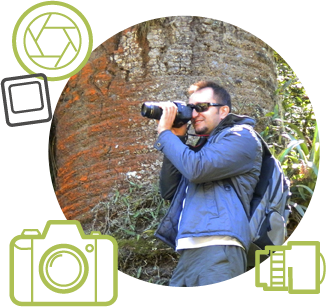
Leonardo Casadei
Biologist, graduated from the Metropolitan University of Santos - Unimes.
Specialist in Environmental Education from Universidade Santa Cecília.
Master's student in Ecology at the postgraduate program in Sustainability of Coastal and Marine Ecosystems at Universidade Santa Cecília.
Photographer, specialized in capturing images of birds, with publications in the international media.
Active Professor of Natural Sciences at the Municipality of Praia Grande
Currently working as an Environmental Educator at the Department of Environmental Education of the Municipality of Praia Grande.
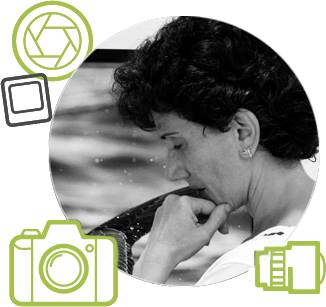
Sandra Pivelli
Graduated in Biological Sciences from Universidade Mackenzie and with a Master's Degree (stricto sensu) in Education from the University of São Paulo.
She has a specialization (lato sensu) in Environmental Management from Unesp - Campus Litoral, Environmental Tourism from Senac - SP and Environmental Education from USP.
Public servant as a Biologist at the City Hall of Santos since 1994.
During her tenure at City Hall, she worked at the Chico Mendes Municipal Botanical Garden, in the Environmental Programs Section, and now she returned to the Orquidário - Zoobotanical Park in the Botany Division.
She has knowledge in the areas of Education, Ecology, Zoology and Botany with an emphasis on Ornithology.
Chico Mendes Botanical Garden
With a total area of about 90,000m2, it is the largest park in the city, only behind the area occupied by the beach gardens. Part of the vegetation currently found in its interior was developed from planning started in 1991, which implanted thematic botanical collections representative, in large part, of the local ecosystems, mainly of the Atlantic Rain Forest.
Over 86 species have already been observed in this locality.
Engenho São Jorge dos Erasmos National Monument
The site has the ruins of a sugar mill built in the 16th century. Its area is 48 thousand m2, being close to Caneleira Hill, covered by remnants of the Atlantic Rain Forest in a stage of regeneration.
76 species have already been observed in this locality.
New Cintra Hill
It is a plateau neighborhood, located in the valley formed by the Cotupé, Água Branca, Marapé, Jabaquara, São Bento, Penha and Nova Cintra hills. With a mild climate, the neighborhood resembles a large basin, has a natural waterfall and a lagoon, Saudade, located at an altitude of 118 meters and with an area of 9,800 m2.
Over 84 species have already been observed in this locality.
Orchid Zoobotanical Park
It has an area of about 24 thousand m2. In its central area, there is also a lake of 1,180 m2 that attracts aquatic species such as herons.
Over 56 species have already been observed in this locality.
Beach Gardens
Initially designed in 1914, the current layout of the gardens began to be built 80 years ago, in 1935. Currently, it is the largest beachfront garden in the world, with 5,514 m of extension, with around 1,300 flower beds spread over 218.8 m2 thousand meters. There are more than 100 species of plants, including yellow lilies, daisies, golden drops, iris and biris. There are about 800 trees (3 per km, on average), most of which are parasols, in addition to 200 palm trees of 30 different species. The gardens include the Emissary platform, with approximately 42,700 m2, of which 10,000 are equivalent to the Roberto Mario Santini Municipal Park. From the park, you can see the Ilha de Urubuqueçaba, whose vegetation is basically composed of Pitangueiras, Figueiras and Jerivás — the most predominant of the three types of palm trees that can be found on the island. The place is a resting area for birds such as vultures, herons and cormorants. The island is about 260 meters from the coast.
Over 47 species have already been observed in this locality.
Pinacoteca Benedito Calixto (Art Gallery)
It has a large external garden, composed of a few species of trees and shrubs. However, as it is close to one of the stretches of the beach garden, it helps birds to move more easily through the sparse vegetation of the place.
34 species have already been observed in this locality.
Caio Ribeiro de Moraes Silva Square
Located in the neighborhood of Aparecida, one block from the beach, it is one of the squares with the greatest plant diversity in the vicinity, attracting a great diversity of birds.
35 species have already been observed in this locality.
Bras Cubas Municipal Theater
It occupies an area of 5,130 m2. The existence of a garden, with attractive species, and with the offer of fruits to the birds by the administration of the Theater, in addition to its proximity to one of the massif mountainous slopes of the insular area and one of the canals of the municipality, directly influences the birds that frequent the region.
40 species have already been observed in this locality.
Diana Island
It is located in the continental area of the municipality and has typical mangrove vegetation, with significant changes intensified in the last two years by port terminal facilities.
93 species have already been observed in this locality.
Cabuçu Farm
It is located in the Continental Area of Santos and access is via Highway BR101 (Rio-Santos), km 240. Access is only allowed under the monitoring of agencies accredited by the City Hall, since part of its area, from 581.22 m2 , is included in an Environmental Protection Area (APA), which seeks to conserve the Atlantic Forest and associated ecosystems within it.
82 species have already been observed in this locality.
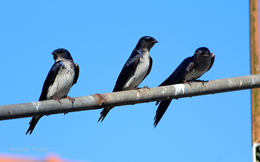
Andorinha-doméstica-grande
Progne chalybea
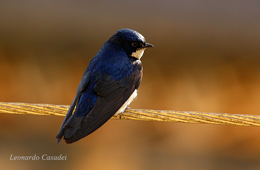
Andorinha-pequena-de-casa
Pygochelidon cyanoleuca
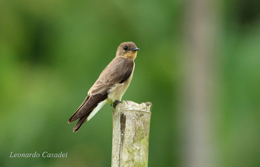
Andorinha-serradora
Stelgidopteryx ruficollis
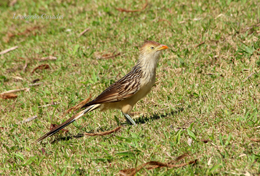
Anu-branco
Guira guira
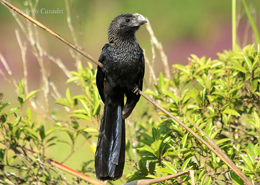
Anu-preto
Crotophaga ani
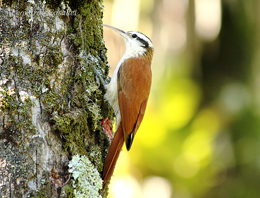
Arapaçu-de-cerrado
Lepidocolaptes angustirostris
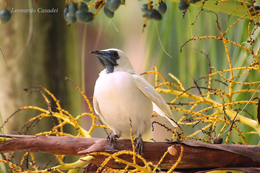
Araponga
Procnias nudicollis

Beija-flor-cinza
Aphantochroa cirrochloris
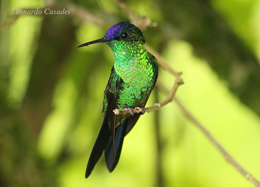
Beija-flor-de-fronte-violeta
Thalurania glaucopis
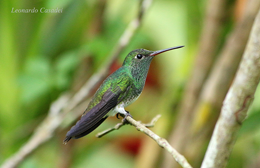
Beija-flor-de-garganta-verde
Amazilia fimbriata
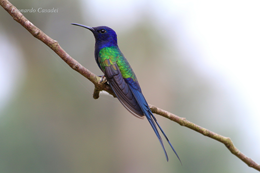
Beija-flor-tesoura
Eupetomena macroura
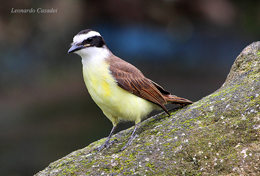
Bem-te-vi
Pitangus sulphuratus
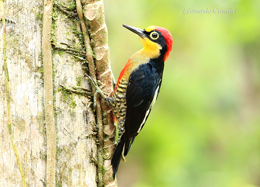
Benedito-de-testa-amarela
Melanerpes flavifrons
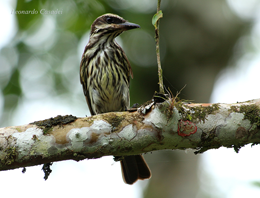
Bem-te-vi-rajado
Myiodynastes maculatus
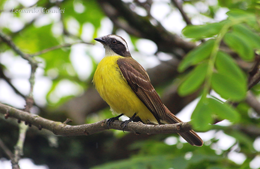
Bentevizinho-de-penacho-vermelho
Myiozetetes similis
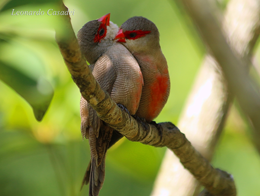
Bico-de-lacre
Estrilda astrild

Biguá
Nannopterum brasilianus
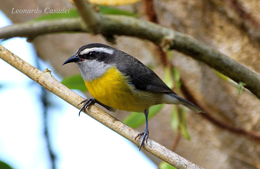
Cambacica
Coereba flaveola
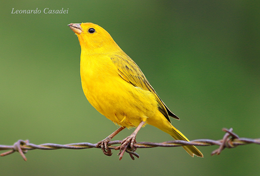
Canário-da-terra
Sicalis flaveola
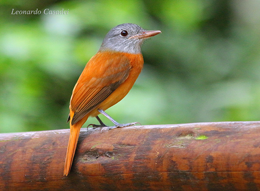
Capitão-de-saíra
Attila rufus
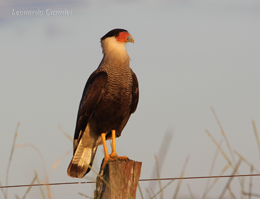
Carcará
Caracara plancus
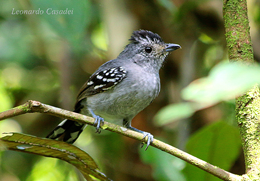
Choca-da-mata
Thamnophilus caerulescens
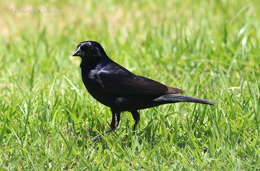
Chupim
Molothrus bonariensis
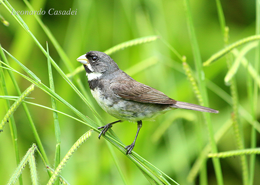
Coleirinho
Sporophila caerulescens
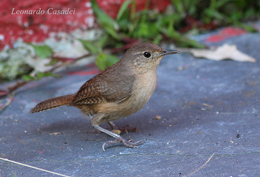
Corruíra
Troglodytes musculus
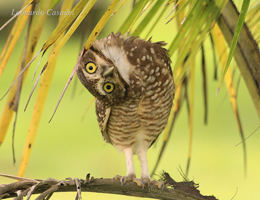
Coruja-buraqueira
Athene cunicularia
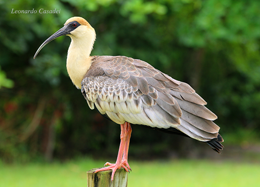
Curicaca
Theristicus caudatus

Curutié
Certhiaxis cinnamomeus
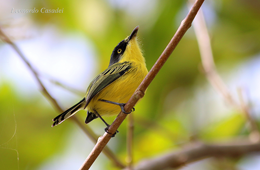
Ferreirinho-relógio
Todirostrum cinereum
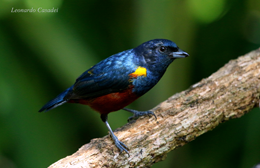
Ferro-velho
Euphonia pectoralis
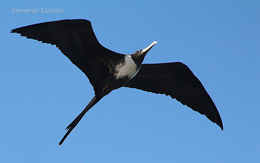
Fragata
Fregata magnificens

Frango-d'água-comum
Gallinula galeata
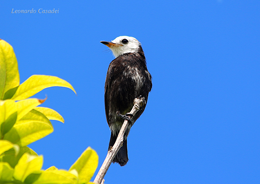
Freirinha
Arundinicola leucocephala
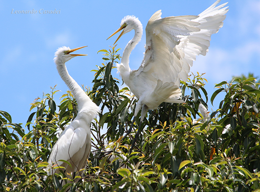
Garça-branca-grande
Ardea alba
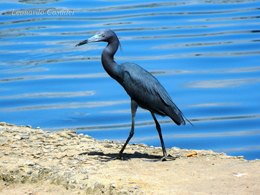
Garça-azul
Egretta caerulea
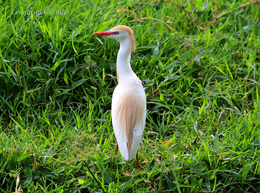
Garça-vaqueira
Bubulcus ibis
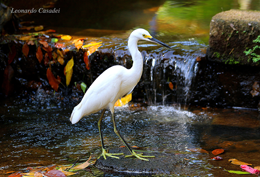
Garça-branca-pequena
Egretta thula
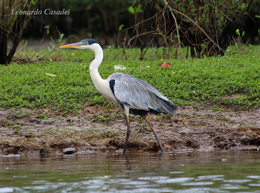
Garça-moura
Ardea cocoi
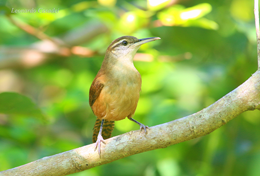
Garrinchão-de-bico-grande
Cantorchilus longirostris
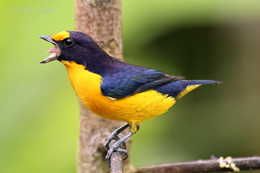
Gaturamo-verdadeiro
Euphonia violacea
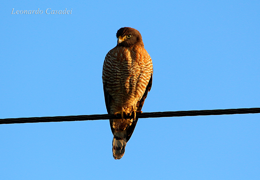
Gavião-carijó
Rupornis magnirostris
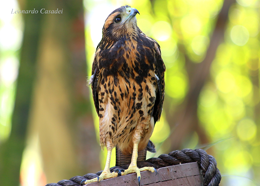
Gavião-asa-de-telha
Parabuteo unicinctus
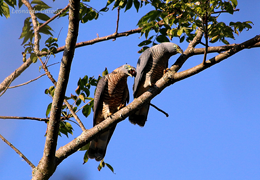
Gavião-caracoleiro
Chondrohierax uncinatus
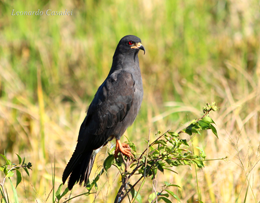
Gavião-caramujeiro
Rostrhamus sociabilis
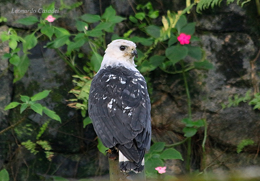
Gavião-pombo-pequeno
Amadonastur lacernulatus
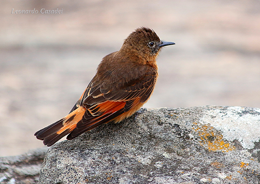
Gibão-de-couro
Hirundinea ferruginea
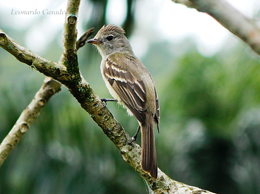
Guaracava-de-barriga-amarela
Elaenia flavogaster

Irerê
Dendrocygna viduata
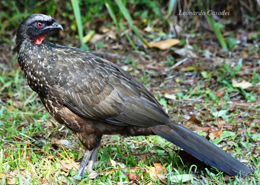
Jacuaçu
Penelope obscura
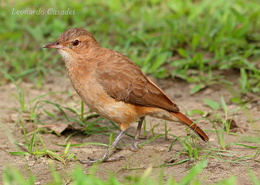
João-de-barro
Furnarius rufus

Juruviara
Vireo chivi
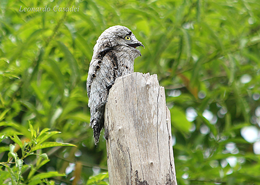
Mãe-da-lua
Nyctibius griseus
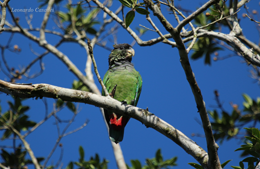
Maitaca-verde
Pionus maximiliani
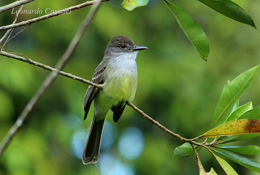
Maria-cavaleira
Myiarchus ferox
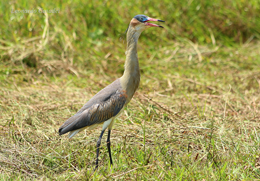
Maria-faceira
Syrigma sibilatrix
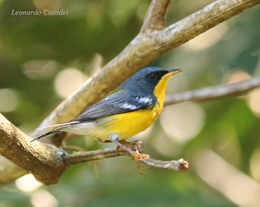
Mariquita
Setophaga pitiayumi
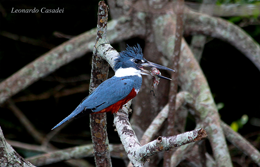
Martim-pescador-grande
Megaceryle torquata
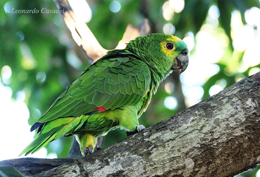
Papagaio-verdadeiro
Amazona aestiva
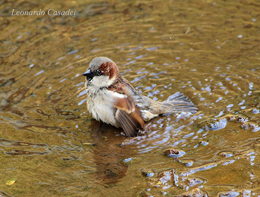
Pardal
Passer domesticus
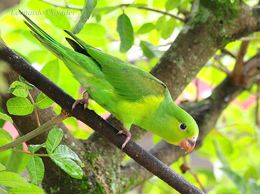
Periquito-rico
Brotogeris tirica
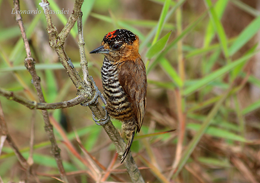
Pica-pau-anão-de-coleira
Picumnus temminckii
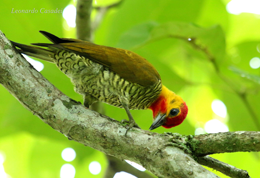
Pica-pau-bufador
Piculus flavigula
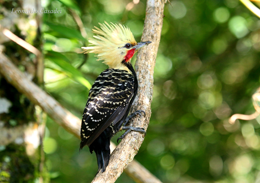
Pica-pau-de-cabeça-amarela
Celeus flavescens
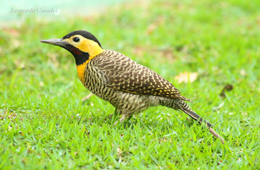
Pica-pau-do-campo
Colaptes campestris
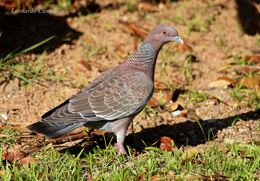
Pombão
Patagioenas picazuro
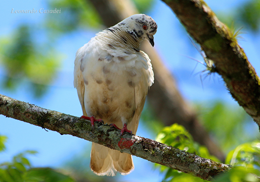
Pombo-doméstico
Columba livia
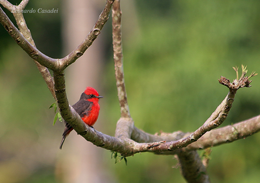
Príncipe
Pyrocephalus rubinus
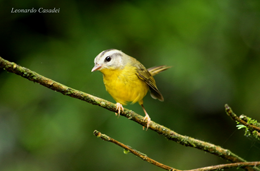
Pula-pula
Basileuterus culicivorus
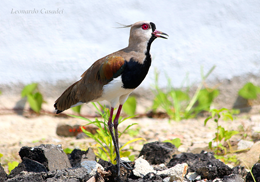
Quero-quero
Vanellus chilensis
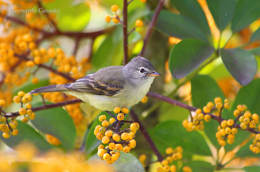
Risadinha
Camptostoma obsoletum
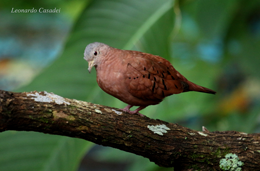
Rolinha-roxa
Columbina talpacoti
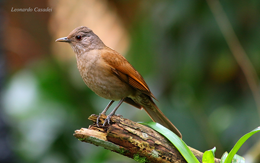
Sabiá-barranco
Turdus leucomelas
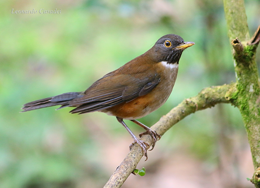
Sabiá-coleira
Turdus albicollis
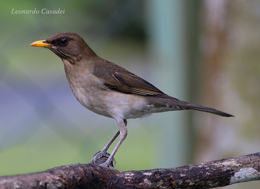
Sabiá-poca
Turdus amaurochalinus
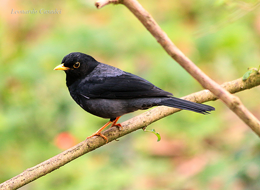
Sabiá-una
Turdus flavipes
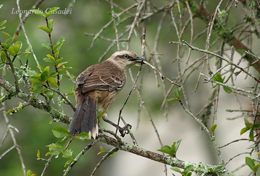
Sabiá-do-campo
Mimus saturninus
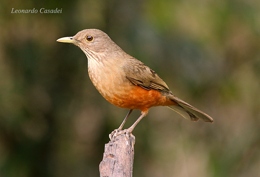
Sabiá-laranjeira
Turdus rufiventris

Saí-azul
Dacnis cayana
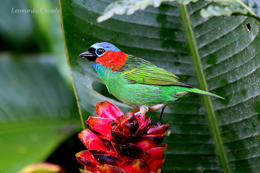
Saíra-militar
Tangara cyanocephala
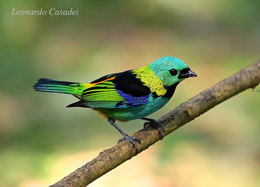
Saíra-sete-cores
Tangara seledon
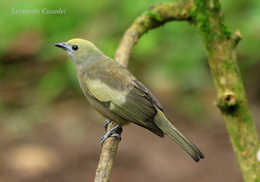
Sanhaçu-do-coqueiro
Tangara palmarum

Sanhaçu-cinzento
Tangara sayaca
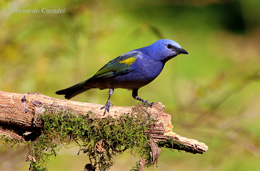
Sanhaçu-de-encontro-amarelo
Tangara ornata
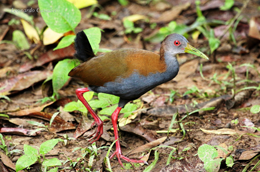
Saracura-do-mato
Aramides saracura

Savacu
Nycticorax nycticorax
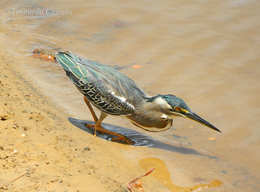
Socozinho
Butorides striata
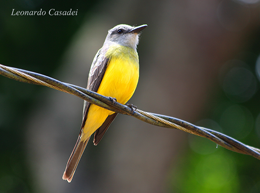
Suiriri
Tyrannus melancholicus
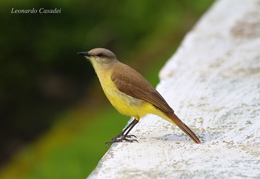
Suiriri-cavaleiro
Machetornis rixosa
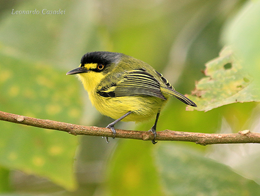
Teque-teque
Todirostrum poliocephalum
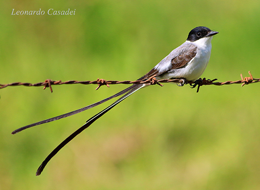
Tesourinha
Tyrannus savana
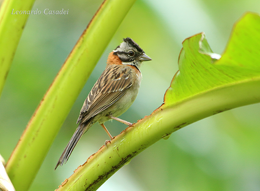
Tico-tico
Zonotrichia capensis
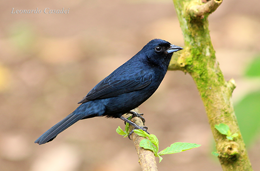
Tiê-preto
Tachyphonus coronatus

Tiê-sangue
Ramphocelus bresilius
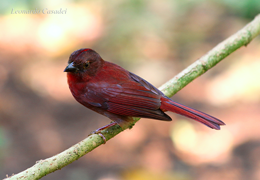
Tiê-da-mata
Habia rubica
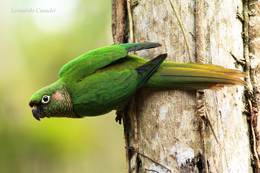
Tiriba-de-testa-vermelha
Pyrrhura frontalis
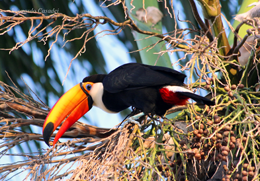
Tucano-toco
Ramphastos toco
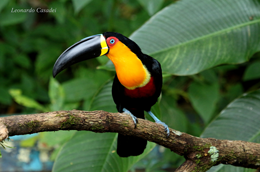
Tucano-de-bico-preto
Ramphastos vitellinus
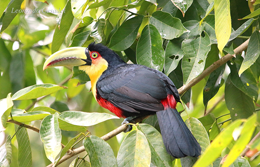
Tucano-de-bico-verde
Ramphastos dicolorus
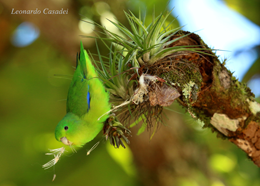
Tuim
Forpus xanthopterygius
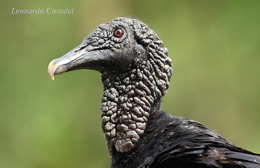
Urubu-de-cabeça-preta
Coragyps atratus

Start spotting common birds on site. Pay attention to your colors. Make a drawing pointing out the most striking colors and research to confirm that what you observed corresponds to what other observers reported.

Memorize the sounds produced by the birds, this helps a lot in identification. Practice listening to previously recorded recordings and then go out to check if you have actually learned the sounds produced by the species.

Remain silent whenever possible. So you can focus your attention on the species, without getting dispersed with other elements of the environment.

If there is already a survey of the species that focuses on the area where you are going to observe, study it before going to the field. That way, you'll be better trained to identify the bird when it appears

Go out into the field at the best observation times. Remember that birds rise at dawn and retire before sunset.

Avoid excessive proximity. Birds also have distance tolerance. If you violate their territory they can defend themselves. Also, there are diseases that can be transmitted if you come into direct contact with them

Do not go out to observe alone. Always invite someone to keep you company and reinforce security. Always let us know where you are going, with whom and when you intend to return.

Do not offer the birds food, for them to approach you. In this way, they can become victims of other malicious people who can take advantage to capture them.

Wear comfortable, discreet clothes that protect and don't attract attention. Birds see better than we do and distinguish colors in a unique way. Therefore, visually harmonize with the environment.

Be persistent and determined. At the beginning, observation is laborious and requires dedication, like any activity. Always pay attention to the learning process it provides and forget about the immediate results.
Promote the well-being of birds and their environment
a) Supporting the protection of important habitat for birds;
b) Avoid stressing or exposing birds to danger, behaving carefully when in observation, taking photos, sound recording or filming activities;
c) Limit the use of recordings or other methods of attracting birds, never using these methods in areas used for observation or to attract endangered species, or even restricted or rare occurrences in the place;
d) Keep the appropriate distance from nests, modification colonies, exhibition arenas or even restricted or rare occurrences in the place
e) Use artificial light or flash sparingly, especially for short-distance shots.
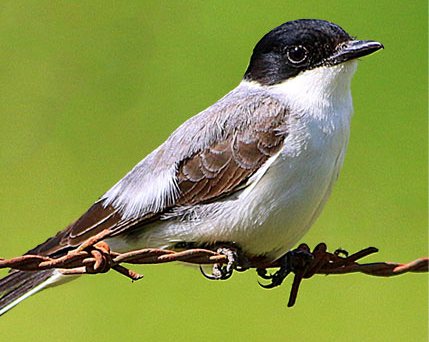

Rare bird, assess potential for disturbance
Before reporting the occurrence of a rare bird, assess the potential for disturbance to the bird, the environment and the people in that locality and only proceed if access to the region can be controlled. The minimum disturbance and, if applicable, you have obtained permission from the landowner. Rare bird nesting sites should only be disclosed to the competent authorities.
Respect the laws and the rights of others
a) Not entering private property without the explicit authorization of the owner;
b) Following all laws, rules and regulations regarding the use of roads and public areas, both in your country and abroad;
c) Being courteous in contact with people, Your exemplary behavior will generate goodwill towards both other bird watchers and other people.
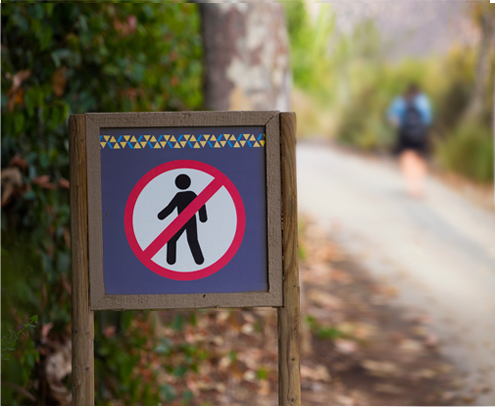
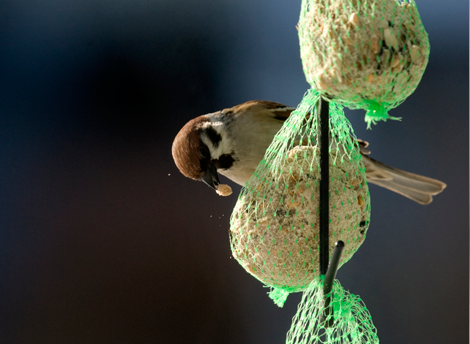
Artificial Environments
Ensure feeders, nesting boxes and other artificial environments for birds are safe:
a) Keeping feeders, drinkers, water and food free from impurities, spoilage or disease;
b) Cleaning and carrying out regular maintenance of nest boxes or artificial nests;
c) Taking care that birds are not exposed to predation by domestic animals and other artificially created hazards, if you are attracting birds in a certain area.
Group bird watching
Organized or not, it requires extra care. Each Group participant, in addition to the obligations referred to in items 1 to 5 above, has responsibilities as a member of a Group:
a) Respecting the interests, rights and abilities of the other members of the Group, as well as of other people who are practicing outdoor sports;
b) Generously sharing their knowledge and skills with the other members of the Group - with the precautions set out in item 2 above - with special attention and dedication to beginners;
c) In the event of identifying unethical behavior by an observer, after evaluating the situation and deeming it advisable, offer adequate guidance in order to stop the improper action. If, however, you are not successful, register the fact and inform the competent persons and authorities.
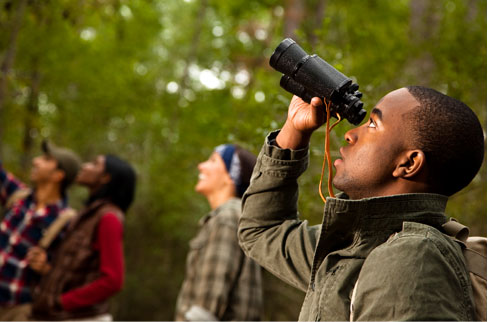
Group Leader or Guide
If you are a Group leader or guide, amateur or professional, be aware of your additional responsibilities:
a) Being an example of ethical behavior, teaching through words and conduct;
b) Forming the Group with the amount of participants that limits the impact on the environment and that does not interfere with others using the same area;
c) Ensuring that all Group participants know and practice the rules of this code;
d) Identifying and informing the Group of any special circumstances applicable to the place being visited, such as, for example, the ban on the use of sound recorders;
e) Recognizing that tourism companies have an obligation to put the public's interest and the welfare of birds above their commercial objectives;
f) Keeping records of observations made and documenting unusual occurrences for reporting to appropriate organizations.
Check all locations on the map
